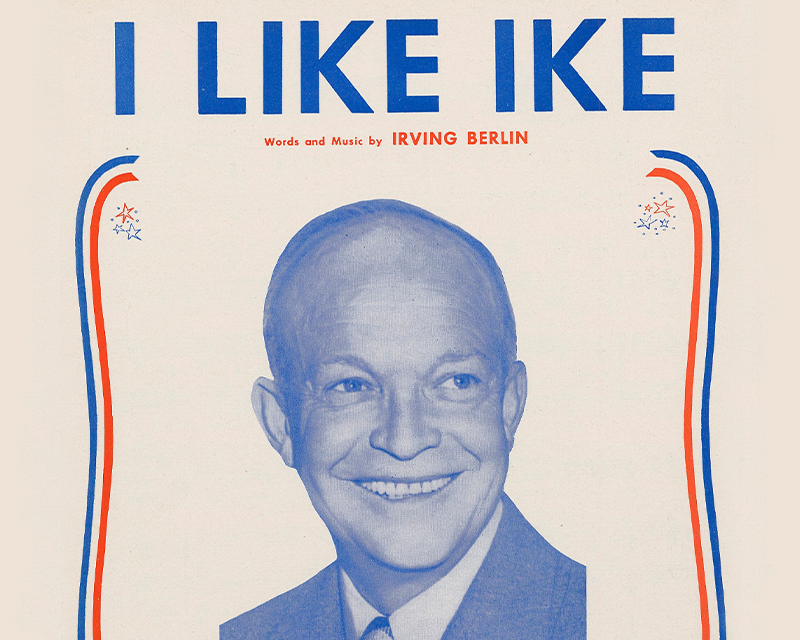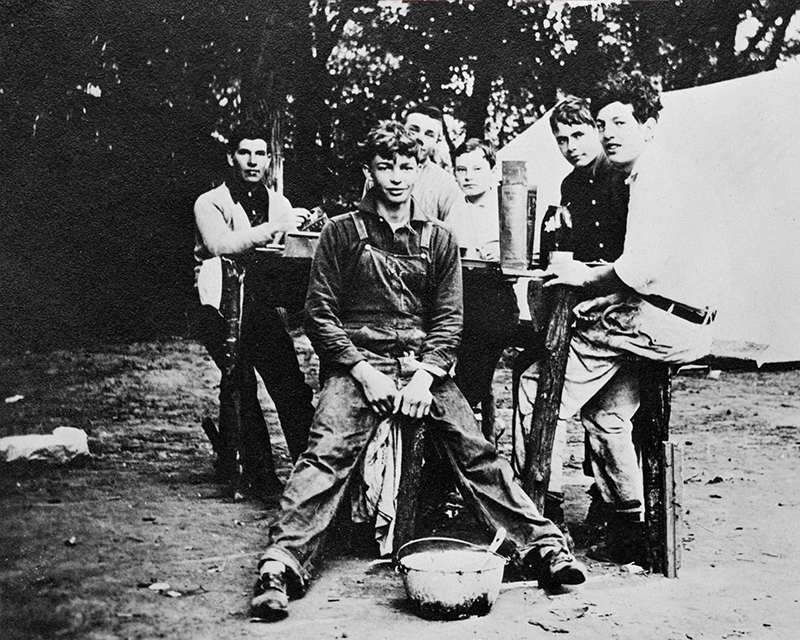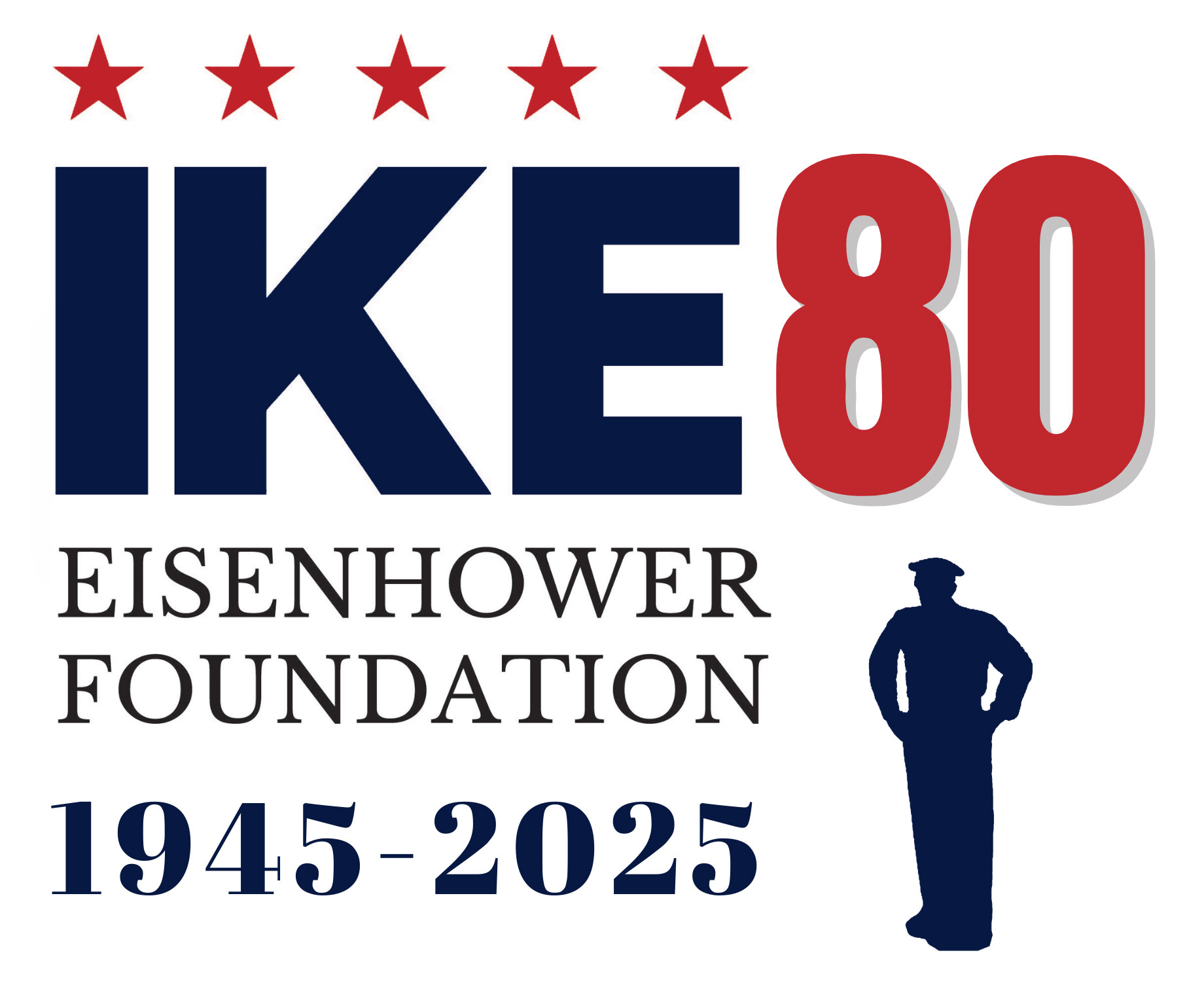Dwight Eisenhower’s 1952 presidential campaign had the most iconic slogan in history - “I Like Ike!” What makes an effective campaign slogan? In this program students will study Dwight Eisenhower’s winning campaign and have the opportunity to get their hands on primary source artifacts. Campaign slogans, imagery, and paraphernalia of other U.S. Presidents will also be analyzed. As a culminating activity, students will create a slogan to design and make their own campaign button.
Program Length:
50
Program Group:
Attic Artifacts

Students explore artifacts from Dwight D. Eisenhower’s early life in Abilene, Kansas, gaining a hands-on understanding of his formative years before becoming a military leader and president.
In this engaging hands-on program, students have the unique opportunity to explore a variety of artifacts from Dwight D. Eisenhower’s early life in Abilene, Kansas. Through items from his home, school, work, and play, participants gain insight into what daily life was like for young "Little Ike" long before he became a celebrated military leader and President of the United States. By connecting with these personal objects, students can step back in time and experience a glimpse of Eisenhower's formative years, deepening their understanding of history in a more personal and tangible way.
Program Length:
50
Program Group:
Attic Artifacts

Victory Gardens (K-2)
During both World War I and II, many resources like food were scarce because America needed to focus on getting our soldiers the resources they needed to win the war. During those times, people were encouraged to grow “Victory Gardens” to lesson the strain on the commercial food supply, ensure that everyone had access to nourishment, and provide a morale boost by allowing Americans on the home front to aid the war effort (and loved ones who were soldiers fighting far from home).
Cold War Kids: Duck and Cover
The Civil Defense Administration educated and reassured all Americans that they could survive an atomic attack from the Soviet Union. This included children who received lessons from Bert the Turtle on how to "duck and cover" to protect themselves. In this program, students view 1950s civil defense artifacts and vie for supplies in a fallout shelter game.
Attic Artifacts: WWII Kids
Have you ever heard of a "tank bank" or "Schools at War"? Through hands-on examination of primary sources, students will learn how life for American kids was impacted during World War II. This program is a memorable exercise for students learning to answer essential questions with primary source evidence.

